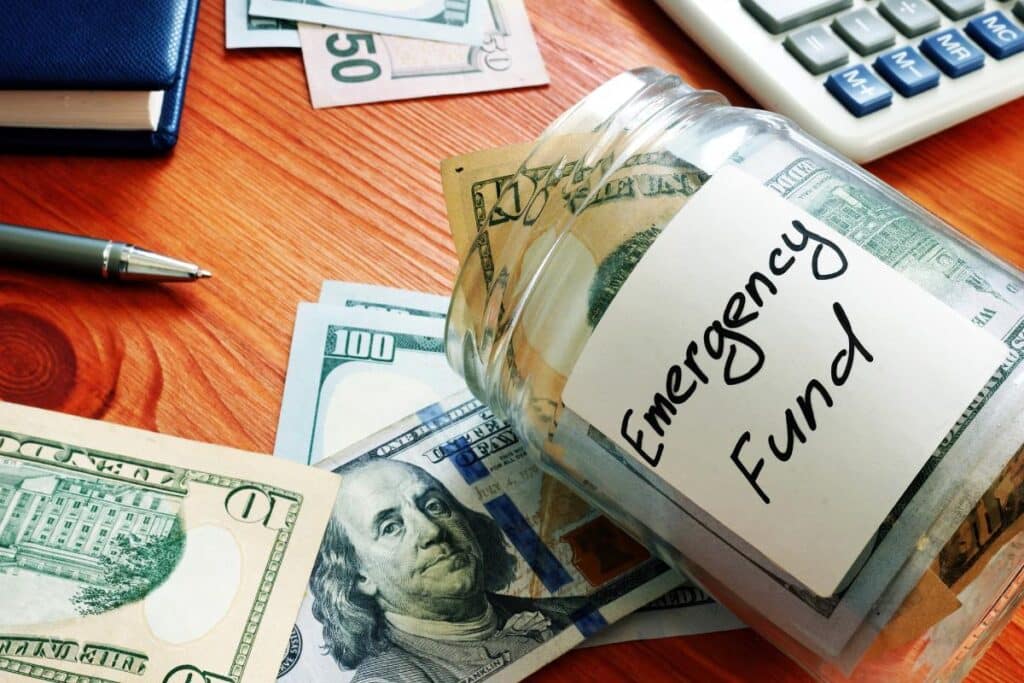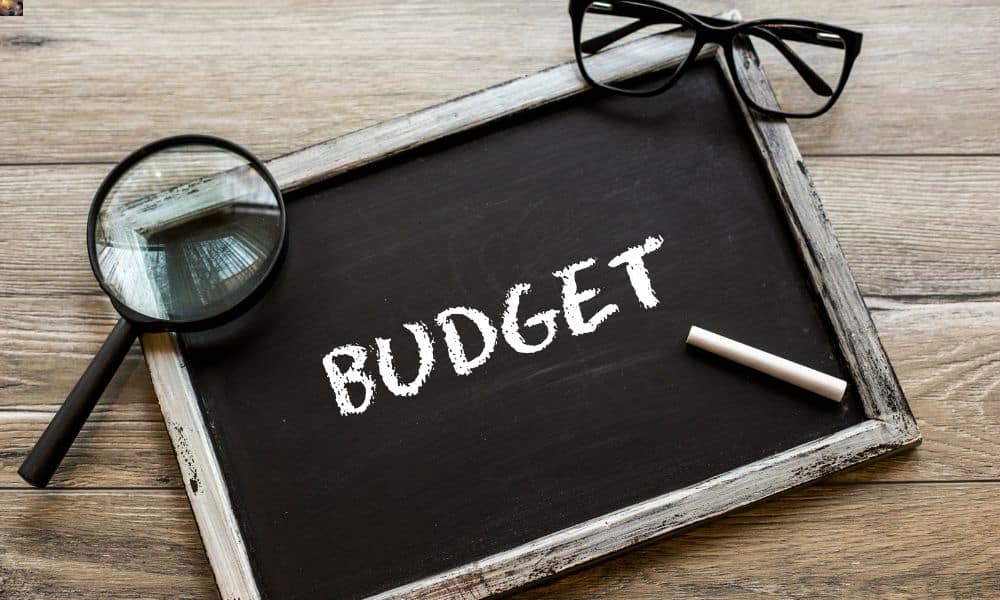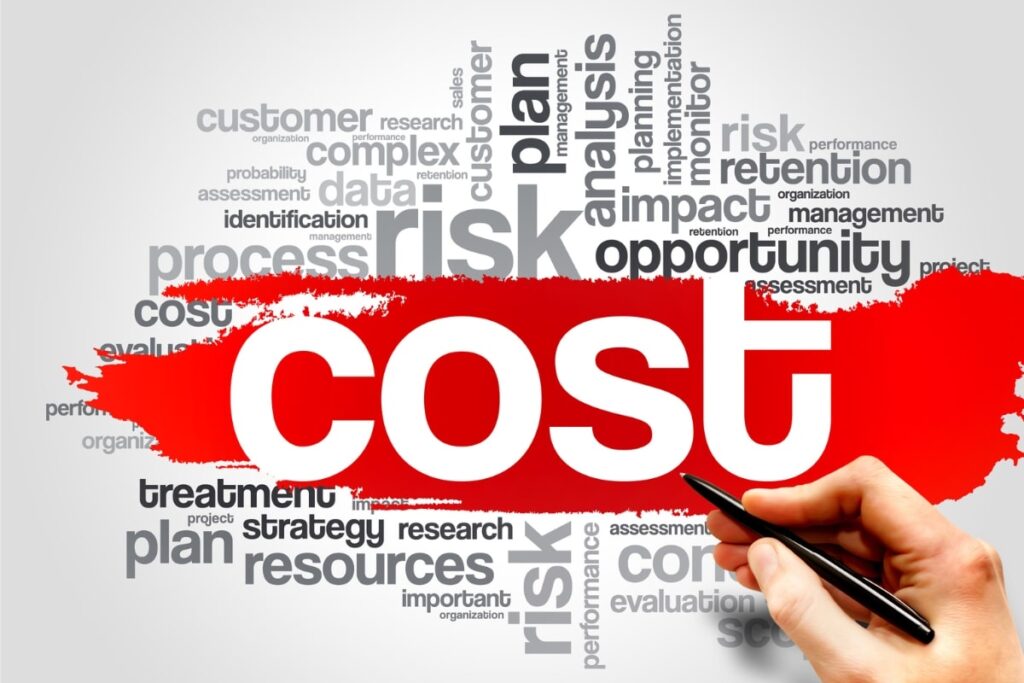In today’s unpredictable world, financial stability and peace of mind go hand in hand. Thus, building an emergency fund is one of the most effective ways to achieve this balance. In this article, we’ll explore the importance of having an emergency fund and how it can reduce emotional stress. Also, we’ll delve into the practical steps you can take to secure your financial future and enjoy peace of mind.
The Foundation of Financial Security
An emergency fund serves as the cornerstone of your financial security. It’s a pool of money for unexpected expenses or emergencies. Thus, the significance of having this safety net cannot be overstated, as it provides a buffer against life’s financial curveballs, from medical emergencies to unexpected job losses.
Reducing Emotional Stress
- Financial Peace of Mind: Having an emergency fund significantly reduces the emotional stress associated with economic uncertainties. Also, it allows you to face unexpected expenses confidently, knowing you have the resources to cover them without resorting to high-interest debt or draining your savings.
- Swift Problem Resolution: Emergencies often demand quick solutions. With an emergency fund, you can address these issues promptly, mitigating the stress and anxiety accompanying financial challenges.
- Protection of Long-Term Goals: An emergency fund safeguards your long-term financial goals. Also, without one, you might be forced to dip into investments or retirement savings, hindering your progress toward a secure financial future.
Building Your Emergency Fund
Now, let’s explore the practical steps to build your emergency fund:
- Set a Clear Goal: Determine how much you need in your emergency fund. A standard recommendation is to save three to six months of living expenses. Adjust this based on your circumstances.
- Create a Budget: Establish a budget to control your spending and allocate some of your income to your emergency fund. Treat this contribution as a non-negotiable expense.
- Automate Savings: Set up an automatic transfer to your emergency fund each time you receive your paycheck. This “pay yourself first” approach ensures consistent savings.
- Start Small: If you cannot save a significant amount initially, start small. Every dollar saved counts, and over time, your fund will grow.
- Limit Access: Keep your emergency fund separate from your regular checking account to reduce the temptation to dip into it for non-emergencies.
- Regularly Reevaluate: As your financial situation evolves, revisit your emergency fund goal and adjust it as needed.
Conclusion
Building an emergency fund is your ticket to peace of mind in a financially uncertain world. It not only reduces emotional stress but also protects your long-term financial well-being. Also, by focusing on the importance of “Building an Emergency Fund” and following the practical steps outlined in this article, you can confidently secure your financial future and face life’s unexpected challenges. So, start today, and watch your peace of mind grow with your emergency fund.
If you or someone you know is looking to improve your health, share this article on Facebook or Twitter so that others can learn more about self-care.




